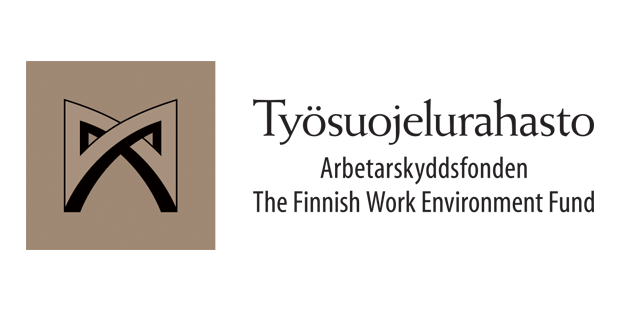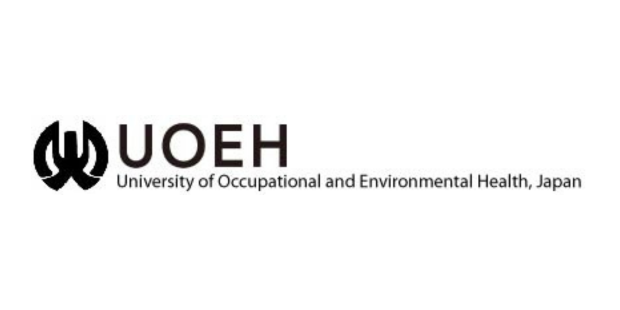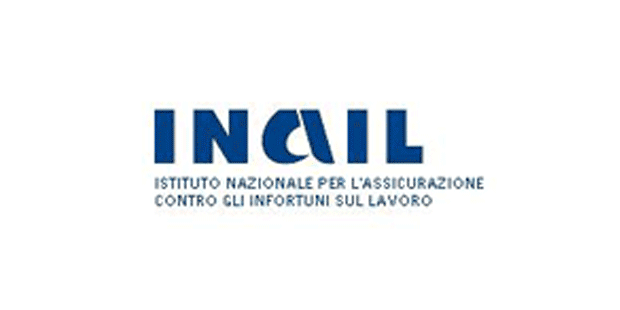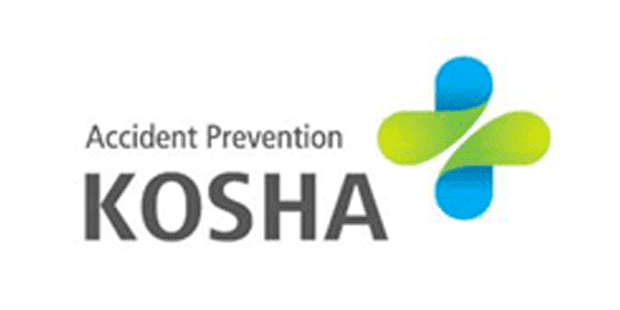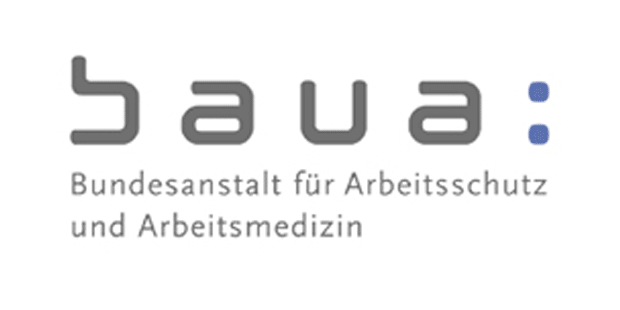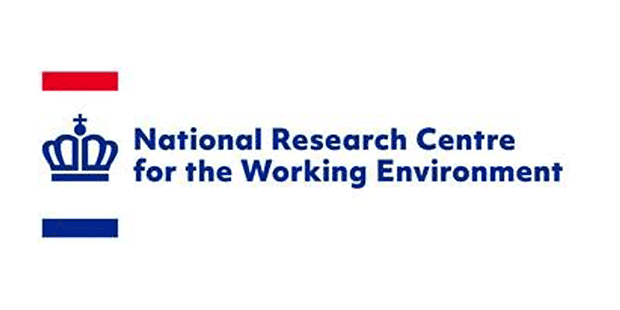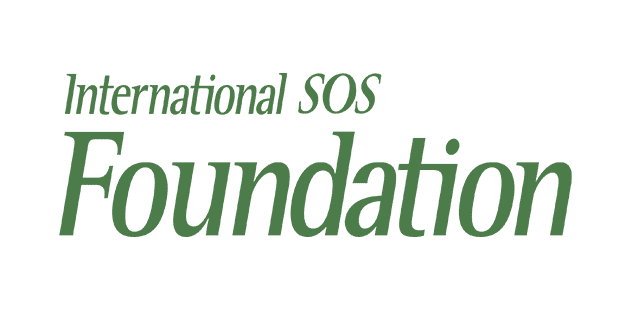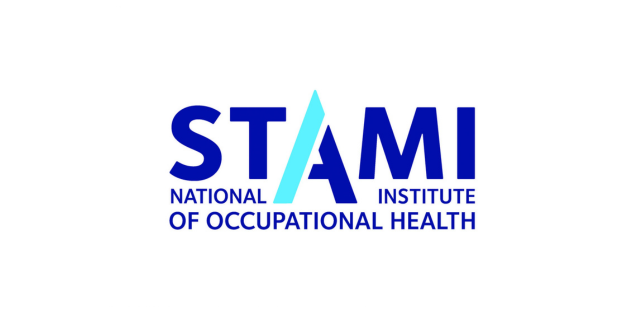Occupational and Environmental Dermatoses
This Scientific Committee focuses on occupational and environmental dermatoses because in many industrialized countries they are the most frequent occupational disease. Occupational skin diseases (OSD) can cause high rates of sickness absence, permanent disability, and in the context of increased exposure to solar UV radiation, occupational non-melanoma skin cancer (NMSC) is becoming a rising, yet neglected problem. In Europe alone, OSD account in some countries for more than 35 per cent of occupational illnesses, despite the fact that they are often underreported, because their association with the working environment is frequently not recognized.
Apart from human suffering, OSD present a considerable socio-economic burden. In Europe, costs amount to vastly more than € 5 billion, mainly due to OSD-induced loss of productivity; in the US, total annual costs for occupational skin diseases amount to more than $ 1 billion.
High risk industries for OSD include healthcare, hairdressing/beauticians, metal work, construction, manufacturing, food production, agriculture, printing, and janitorial services. The single most relevant occupational risk factor is wet work, followed by occupational exposure to multiple irritants and allergens. Yet, OSD can be successfully prevented if early detected and appropriate dermatological interventions are being applied. Lack of information on proper personal skin protection is one of the greatest risks. Workers´ education has thus developed to a key factor in preventing OSD. Yet, the effectiveness of targeted prevention measures is so far not entirely recognised by patients, workers and employers.
The SC on occupational and environmental dermatoses aims at raising awareness of the challenges of OSD, its pathogenesis and the effectiveness of preventive measures which benefit workers´ health. It wants to foster exchange on new research findings pertaining to occupational dermatoses and will equally look more in-depth into the increasing problem of occupational NMSC. In addition to this, the SC furthermore strives to develop collaborative relationships not only with other ICOH Scientific Committees, but also with other entities and organizations such as the European Academy of Dermatology and Venereology (EADV), WHO, Horizon 2020 COST Action “StanDerm” to further research and disseminate scientific information.
During the triennium, relationships with the SC Radiation and Work and the SC on Rural Health shall be strengthened. Research findings will also be disseminated at different ICOH and non-ICOH meetings.
For more information contact sjohn@uos.de.
|
Scientific Committees Report 2022-2024 available here. Officers for Triennum 2024-2027 |
|
Chair |
Secretary |
|
Prof. José Hernan ALFONSO Phone: 0047 99319100 Email: jose.alfonso@stami.no |
Dr. Cara BIECK Phone: Email: cara.bieck@bgw-online.de |



